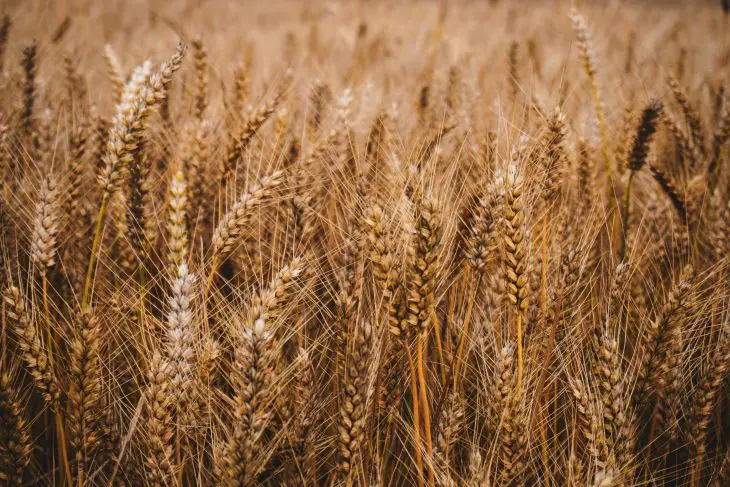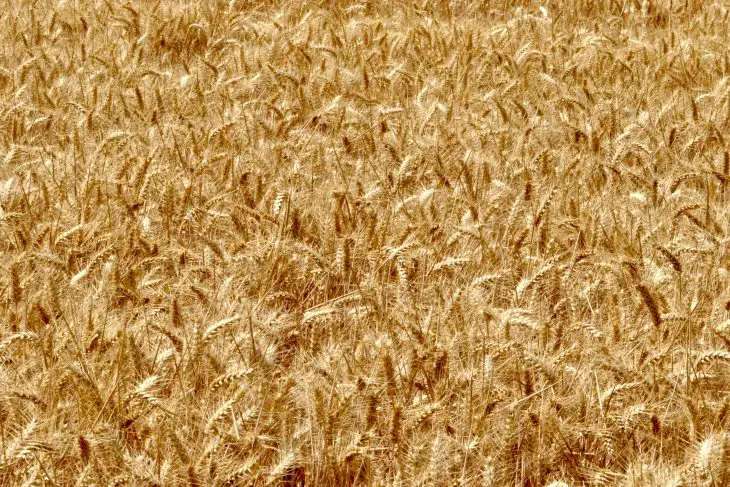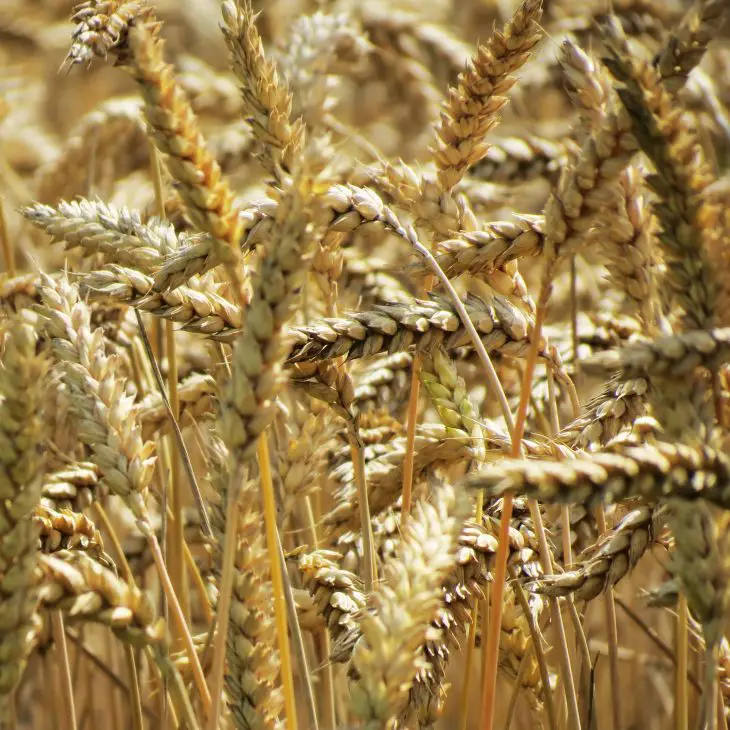Hey there! This site is reader-supported and we earn commissions if you purchase products from retailers after clicking on a link from our site.
When entering the world of brewing your own alcohol, you will hear and read a lot about barley, malted barley, barley grains, and cereal grains. While this can be very overwhelming at first, it is all actually quite simple and interesting. Whether it is a very ancient cultivated grain or the malting process, this article will tell you everything you need to know about the difference between barley, malt, and cereal grains.

What Is Barley?
Barley is one of the most common grains to be cultivated and farmed. It is part of the grass family and is a cereal grain that is grown globally. It is used as a key ingredient in beer, whiskey, and the distilling process as a whole. Many distilled beverages are made with barley as a key ingredient.
Scottish and Irish whiskeys are made with barley primarily whereas whiskey from Canada or the United States will use corn or rye as their main ingredient.
Types Of Barley
Barley comes in two types which are malted and unmalted. Both are used frequently in the making of alcoholic drinks and are seen as essential ingredients in a lot of recipes. However, the two are not entirely interchangeable as there are some uses that one can be used for where the other will not work.
Malted Barley
Malted barley, commonly shortened to just “malt”, is barley that has undergone the process of germinating by being soaked in water. The germinating process is key for allowing the grain to start converting starch into fermentable sugars. The whole process is used to make sure that the starch in the grain can be turned into alcohol. The process is called malting and is an incredibly important step in the process of making beer and whiskey.
Unmalted Barley
Unmalted grains are used in a lot of different recipes and while barley may be the most popular grain, it comes in many different varieties and types. Similar to the number of different grapes there are for wine production, there are many types of other grains similar to barley that can be used.
There are approximately 5,500 different strains of barley, although only a small number of these are used to make whiskey. Only ten of these strains are approved by the Institute of Brewing and Distilling in Scotland for the production of Scotch whiskey.
What Are Cereal Grains?
Cereal grains are classified as any grass that is cultivated for the edible component which it possesses. This grain edible component is composed of the endosperm, germ, and bran. The term cereal can also be used to refer to the resulting grain itself.
Cereal grains are produced and harvested worldwide and grown in greater quantities than anything else. They are also responsible for providing the most food energy worldwide out of any other crop. These grains are a rich source of vitamins, minerals, carbohydrates, fats, oils, and protein. After being processed, the resulting product only has the endosperm remaining which leaves it mostly carbohydrate based.

What is The Malting Process?
To put it simply, the malting process is used to manipulate the grain into acting how a distiller wants it to act. The first step of malting is to soak or steep the barley which stops it from being dormant. Naturally, barley would remain dormant and prohibit itself from growing until the next growing season, which is spring. Malting makes the barley think it is spring so that it starts growing and sprouting.
The Malting Process Steps:
- Soaking and Heating
- Draining and Activating
- Drying
- Kilning
Soaking and Heating
More specifically, the grains are placed in a steeping tank and soaked for a few days. They are also heated to 60 degrees Fahrenheit so that the grains have a higher moisture content. This starts the growth process.
Drain and Activate
After the grains have been immersed in water, they are taken out of the tank and drained. They then are rested outside of the water which is called wet stands. This allows oxygen to enter the grain and activate the embryo inside. When the grain is placed back in the water again, it can take on even more water this time thanks to the oxygen it has. This process can be repeated up to three times and the timing is dependent on the grain as not all of them can be soaked for as long.
Drying
After being steeped, the barley is evenly spread across a concrete malting floor that is heated to the same temperature that the water was. Regularly, the grains are turned over so that they avoid excessive heat building up. This happens typically twice a day. This drying process encourages the grains to germinate, which lets them convert starch into sugar, making the creation of alcohol a lot easier.
Kilning
After they have been properly dried, the grains are placed inside of a maltsters kiln for a process known as kilning. Over the period of 24-48 hours, this kiln is heated to a temperature of 120 F which is high enough to stop the grains from sprouting too much, but is also not so high that the enzymes are destroyed. After this process, you are left with a dried grain with sugar and starch. Alongside this, the grain also has diastase in it which is a key enzyme for the next step of whiskey production.
Why Is Malting Barley Popular?
There are many reasons why a brewer or a distillery will choose barley as the grain of choice. When making a drink such as a bourbon that can use multiple types of grains, the choice is less important. However, a single malt whiskey for instance can only use one type of grain so the choice has to be made very carefully with a lot of consideration.
Malted barley is chosen a lot as it has the ability to retain its husk while being harvested and malted. This has multiple benefits for the entire brewing process, but the most notable benefits are;
- Maintains the grain shape
- Slows down the speed of sprouting in the malting process
- regulates the water intake in the malting process
While these are good reasons and are helpful for brewers, there is another reason why barley is the most popularly used cereal grain. This reason is that barley has an incredibly high concentration of enzymes that most grains are not near to having. Barley is also very economically viable to produce.
Malting barley is just as easy as any other grain such as oatmeal and brown rice, wheat berries, rye, and corn. Barley is also used for the nutty flavor it has as this becomes more defined once it is at a lightly roasted malt.

Which Is Better?
There is not too much difference between malt and barley as malt is used as an umbrella term for any germinated cereal grain that has undergone the process of malting. When looking at if malted barley or unmalted barley is better, it heavily depends on what your intentions are for the grain. Barley is easy to work with and is also cheap so a lot of people will malt it and use that as it can undergo the process very well without breaking down.
A Farmer’s Description of Malt vs Barley
FAQs On Malt Vs Barley
Malt is not always barley as a lot of other cereal grains can be malted such as wheat, rye, and corn. Barley is the most commonly malted grain as it is cheap to produce and also is very efficient during the malting process.
Barley does not need to be malted and can be used without going through the process. Barley can be malted though to increase the amount of starch that is converted into sugars, which is then used in different ways than unmalted barley.
Malted barley has undergone a process known as malting and has a higher number of enzymes that can convert the starch into sugars. Unmalted barley has not gone through this process and is used normally but will have a less sweet flavor at the end.
Malt and grain are almost the same things although malt is a term for grains that have gone through the malting process. These grains are germinated early and then dried out which helps the starch break down into sugar, while this happens for normal grains, it is at a much higher level with malted grains.
